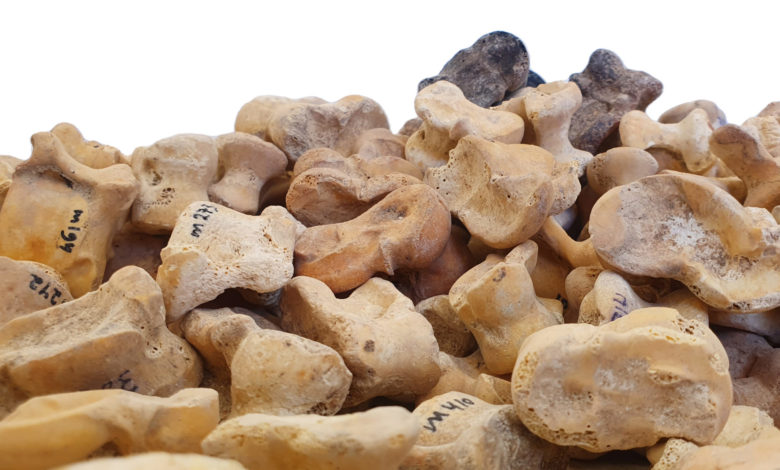Israel Discovers Hundreds Of 2,300-Year-Old Knucklebone Dices For Gaming, Divination
Archaeologists from several leading Israeli universities determined that these bones of goats, sheep and cattle were used to dice for gaming and ritual divination, mainly by women and children.

Israeli archaeologists have discovered a collection of 530 knucklebone dices used for gaming and divination 2,300 years ago, the Israel Antiquities Authority (IAA) said on Tuesday.
The knucklebones, called “astragali,” were found in a huge underground cave complex in the southern Judean Foothills region, where the Hellenistic city of Maresha was located, the IAA noted.
Archaeologists from several leading Israeli universities determined that these bones of goats, sheep and cattle were used to dice for gaming and ritual divination, mainly by women and children.
Some of the bones were shaved down, perforated or filled with lead, to be thrown more effectively as dice, according to the IAA.
Dozens of the dices bore Greek inscriptions, including names of gods and goddesses associated in ancient times with human wishes and desires, like Aphrodite, Eros, Hermes, Hera and Nike.
On other knucklebones, game instructions and various game-roles were engraved, such as “robber,” “stop,” and “you are burnt.”
“The assemblage shows that in ancient times of distress and uncertainty, people sought help from external factors, in magic and spells and in the world of the unknown,” said IAA zoo archaeologist Lee Perry-Gal.
“Astragali were also used for games, and we even have examples of children buried with similar gaming dice, with the belief that the children would use them in the next world,” she noted.







